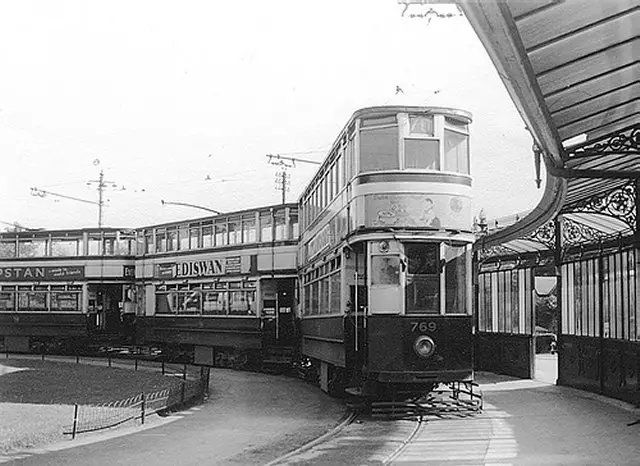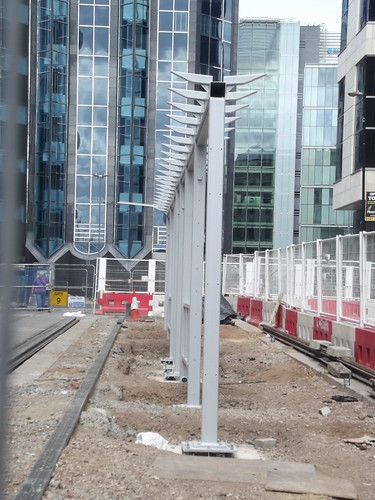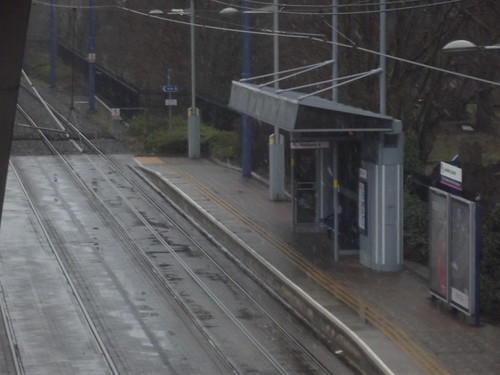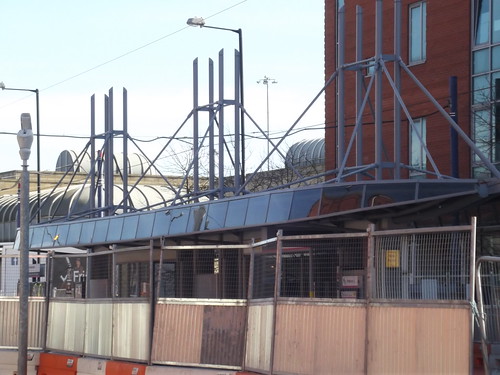Viv: In addition to the lovely old bus shelter locations that you have already mentioned, I recall the old Acocks Green (tram) terminal. I seem to remember that it was also of the old ironwork/glass structure. At least that is what my childhood brain still sees.
Looking at the two photographs that you have posted, the first really shows old British craftsmanship at its best, and it is so beautifully designed. Like the buildings that were also built in those days.
The second: practical? functional?.....certainly, but it also looks so depressing. To my mind, this is a hugely compressed version that's reflects the modern building concept. Todays designs , and architecture, always appears to be built as if they are not meant to be permanent fixtures. Perhaps that is part of the greater plan.
Eddie



















